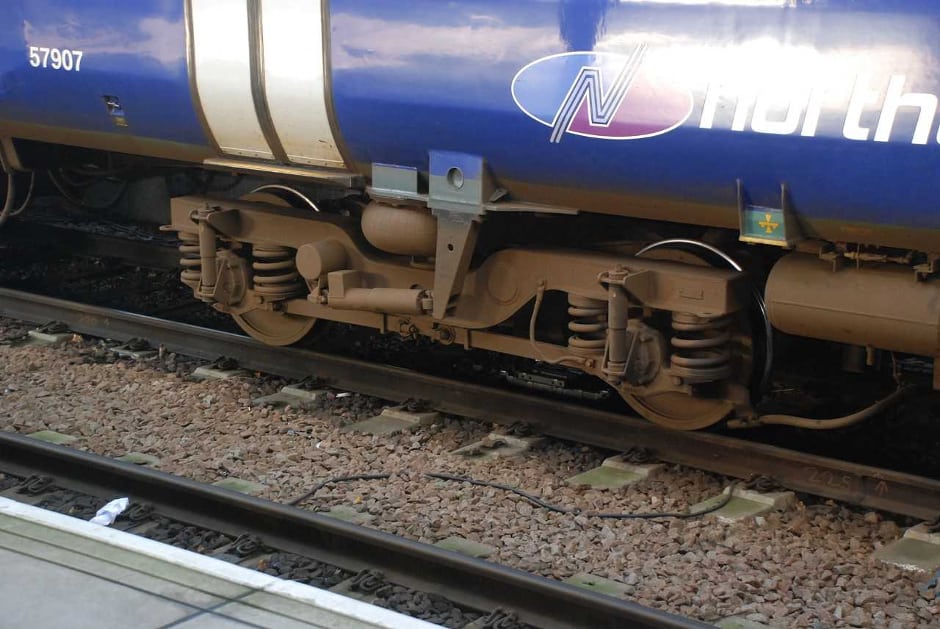
A key part of the €2.7m EU-funded Run2Rail project is being led by researchers at Huddersfield University’s Institute for Railway Research (IRR), and will consider the use of novel materials in the running gear of trains.
This could reduce the weight of bogies while maintaining their strength, according to Prof Simon Iwnicki, director of the IRR.
As part of the project, which also includes Politecnico di Milano, consultants RINA and the Italian engineering and design company Blue Group, the researchers will investigate novel designs for two types of rail vehicle: a low-speed metro train and a high-speed intercity vehicle.
“With the low speed vehicle we are thinking that instead of having two bogies underneath, each with two wheel-sets and an axle, we would have either one wheel-set at each end of the vehicle, or four separate wheels,” said Iwnicki.
For the intercity train, the researchers will consider novel body shell construction, he said.
Once they have modelled the two vehicles, the researchers will carry out computer simulations to calculate the loads on each of the components, before designing the materials to be used, he said.
The researchers will investigate the use of additive manufacturing techniques using steel powders, in particular for producing smaller components, said Iwnicki.
They are also focusing on the use of lightweight carbon fibre composites, which have the advantage of allowing bogie frames to be constructed layer-by-layer using robots.
“In this way you can ensure the robots arrange the fibres in exactly the positions you want them, so the component has strength in just the right places,” he said.
One of the biggest challenges of the project will be to understand the failure modes of components built from these novel materials, including fatigue and de-bonding of structures.
The project is one of four research packages being undertaken under the auspices of the Run2Rail programme, which is aiming to develop lighter, quieter, more reliable and more comfortable rolling stock. Run2Rail is itself part of a wider €1bn joint undertaking between industry and the EU, called Shift2Rail.
The project is due to be completed by August 2019.




Collaboration to address viable solutions for VAWG database
Interesting to see what the funders say too..."The Innovation Launchpad Network+, .... brings together leading universities, the Catapult Network and...